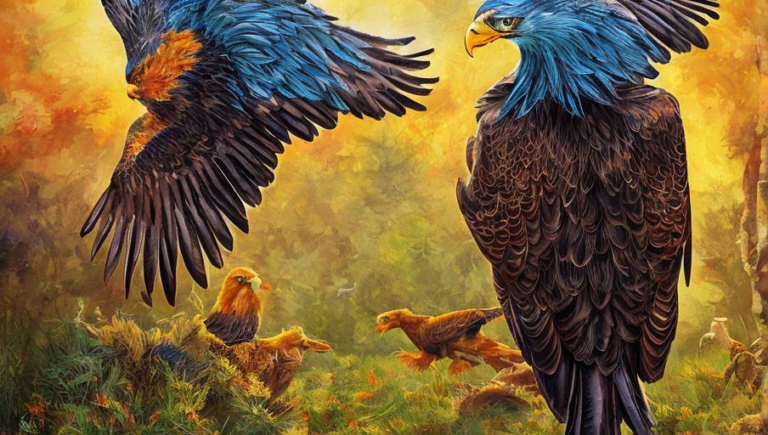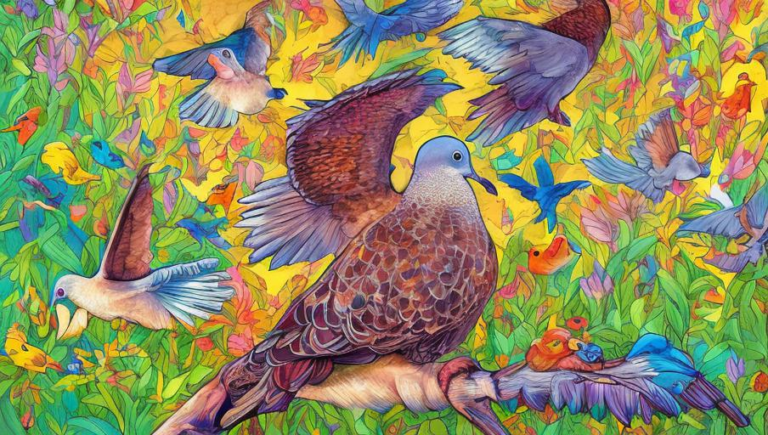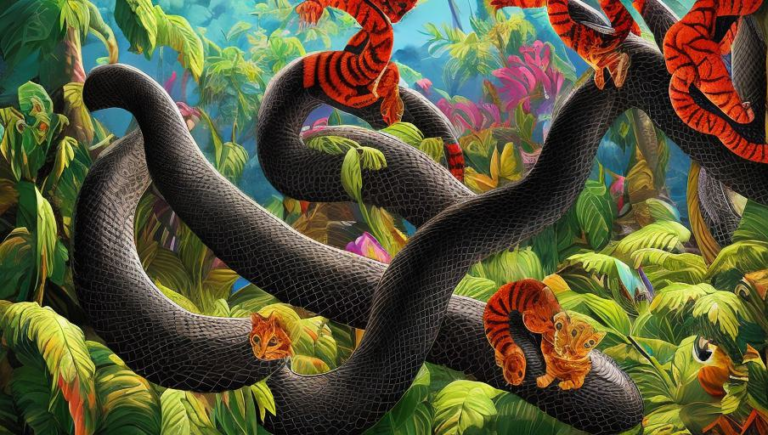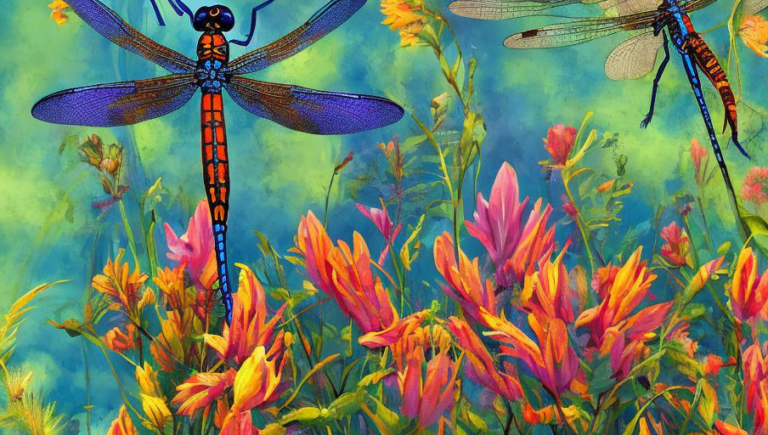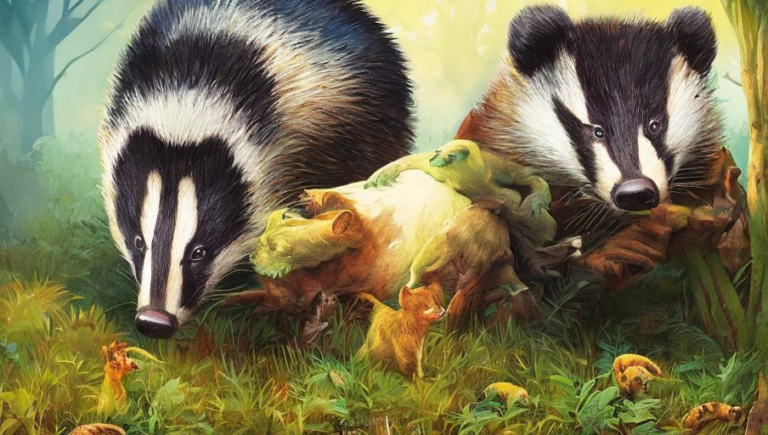A Crabby Adventure: Exploring the Lives of Crabs
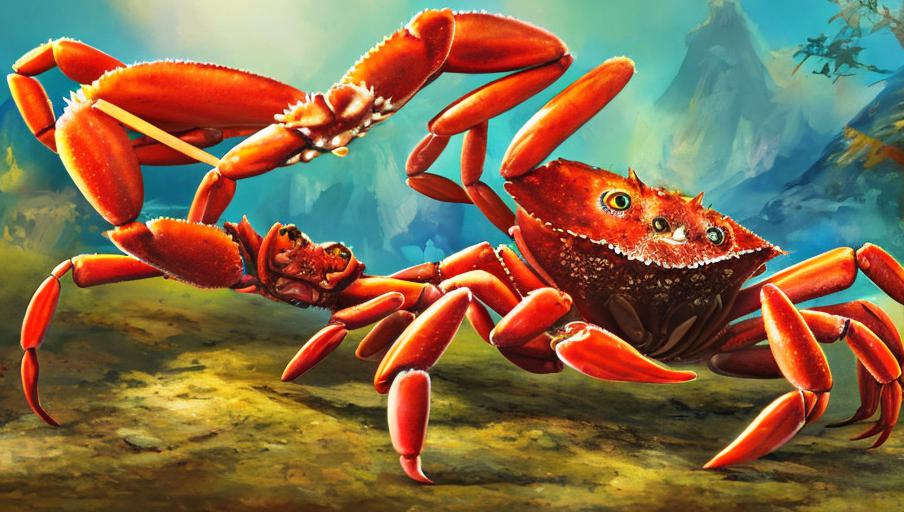
Introduction
Crabs are fascinating creatures that can be found both in the oceans and on land. There are thousands of species around the world, ranging from the tiny hermit crab to the giant Japanese spider crab. They come in a variety of shapes, sizes and colors, and have some of the most fascinating behaviors in the animal kingdom. This article will explore the lives of crabs and the diverse ecosystems they inhabit.
Habitat and Range
Crabs live in a variety of habitats, from the shallow waters of coral reefs to the deep sea. They can also be found in estuaries, rivers, lakes, and on the land. Crabs are found on every continent, except Antarctica. They are also found in many islands and archipelagos around the world.
Behavior and Adaptations
Crabs are scavengers, feeding on dead and decaying matter, as well as small fish and other animals. Many species are opportunistic hunters, while others are more specialized predators. To survive in their marine environment, crabs have developed a variety of adaptations. Many have adapted to life in the dark depths of the ocean, where they have developed large eyes to detect prey in the low light.
Reproduction
Crabs reproduce by internal fertilization. The males use their modified claws to transfer sperm to the females. The eggs are then laid in a protected area, and the young crabs hatch as larvae. The larvae undergo several stages of development before they become adults.
Hazards and Threats
Crabs are under threat from a variety of threats, including habitat destruction, overfishing, pollution, and climate change. Many species are also at risk from invasive species, such as the Asian shore crab, which can out-compete native species. Human activities also pose a threat to crabs, as they are sometimes harvested for their meat or shells.
Conservation
To protect crabs and their habitats, conservation efforts are needed. This includes protecting and restoring habitats, reducing threats from pollution and overfishing, and introducing regulations to ensure sustainable harvesting of crabs. In addition, research is needed to better understand the ecology and behavior of crabs and to develop effective conservation strategies.
Conclusion
Crabs are fascinating creatures that have adapted to a variety of habitats around the world. They are under threat from a variety of human activities, and so conservation efforts are needed to protect them and their habitats. By understanding more about the lives of crabs and the threats they face, we can ensure that these creatures will continue to thrive for generations to come.
